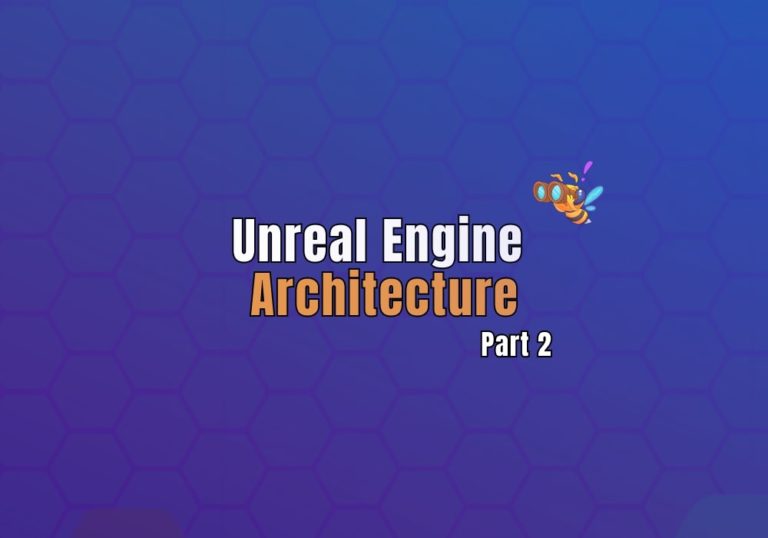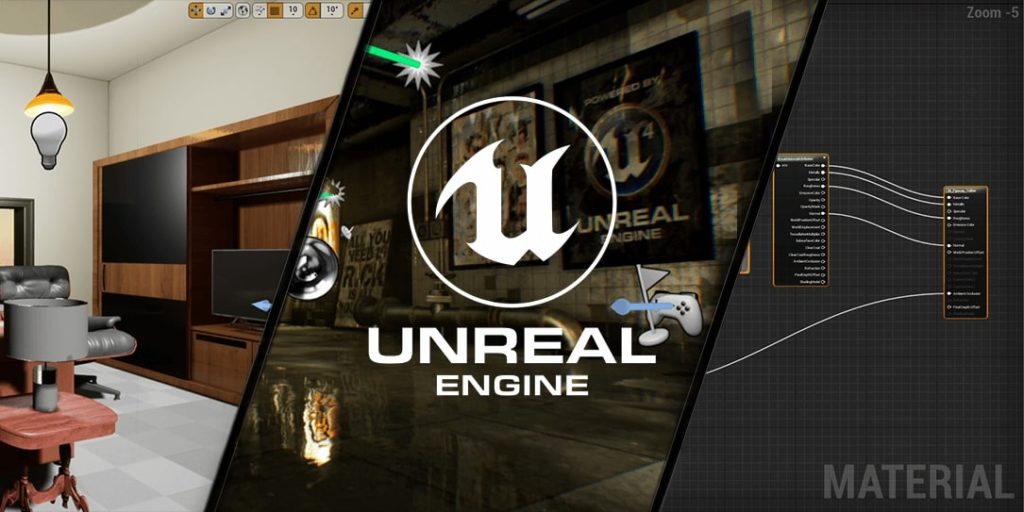
I. Introduction of Unreal Engine
Hey there, fellow game enthusiasts! Brought to you by IndiePump, the lifeline for indie game marketing, we’re about to embark on an adventurous journey into the depths of the Unreal Engine. This engine isn’t just a tool; it’s the dream-weaver that brings to life the games that make our hearts race and minds whirl. By mastering its architecture, we’re essentially taking the first steps towards creating epic, immersive gaming experiences that leave players wanting more!
II. Unreal Engine Architecture Overview
Imagine you’re about to explore a colossal beast – that’s the Unreal Engine. This beast’s skeleton, its architecture, is segmented into three core components that make it the powerful, efficient engine we know and love: the Engine Core, the Editor, and the Runtime. But don’t let this intimidate you! With a friendly and easy-to-understand guide like this, we’re going to demystify these components one by one.
III. Engine Core
At the heart of our exploration is the Engine Core. This is the lifeblood of the Unreal Engine, orchestrating the vital “behind-the-scenes” tasks. From managing memory allocation and networking to handling events, the Engine Core ensures that the base upon which your game is built is solid and dependable. It’s like the director of a movie, unseen, but with their hands on every aspect of the production, ensuring that everything runs smoothly.

IV. The Editor
Following the lifeblood, we come across the Editor – the magical toolbox where game development truly comes alive. It’s where you, as the developer, get to be the painter, the storyteller, the maestro. The Editor is your canvas, your stage, your orchestra. With it, you can design worlds, script events, debug issues, and bring to life the ideas that you’ve been dreaming about. It’s a playground for creativity, so let your imagination run wild!
V. The Runtime
Just as every show needs a stage, every game needs the Runtime. This component is the workhorse that keeps your game running once it’s out in the wild. It has a lot on its plate, from rendering eye-catching graphics and processing complex AI to managing physics calculations and producing crisp, clear audio. Peeling back the layers of the Runtime is akin to understanding the intricacies of a well-oiled machine, enabling you to make the most of its capabilities and ensure your game runs like a dream.
VI. Interplay of Components
Like a symphony reaching its crescendo, the Unreal Engine hits its stride when the Engine Core, Editor, and Runtime harmoniously interact. This beautiful synchrony leads to fluid and immersive gaming experiences. It’s like watching a well-conducted orchestra, with each component adding its unique note to the grand composition, creating a melody that resonates with gamers worldwide.

VII. Application in Complex Projects
When it comes to complex projects, having a firm grasp of Unreal Engine’s architecture is like holding the golden ticket. It equips developers with the ability to plan effectively, manage resources efficiently, and create more compelling and immersive games. Bear in mind that the giants of the gaming world, games like Fortnite and Street Fighter V, didn’t just magically appear. They were crafted on the robust and reliable foundation of the Unreal Engine!
VIII. Conclusion
So, there you have it, a grand tour of the architecture of the Unreal Engine! We hope this deep dive leaves you inspired and eager to explore further, create more, and push the boundaries of the gaming world. As IndiePump, we’re here to champion indie developers on their path to success. So, here’s to creating, innovating, and making the gaming realm an even more exciting place!
